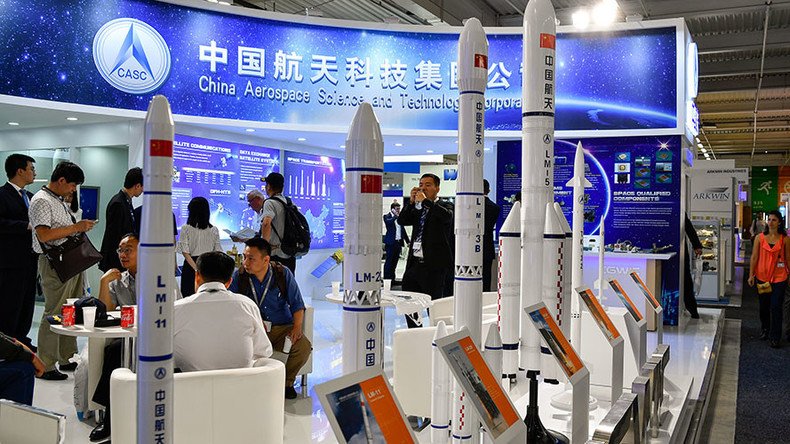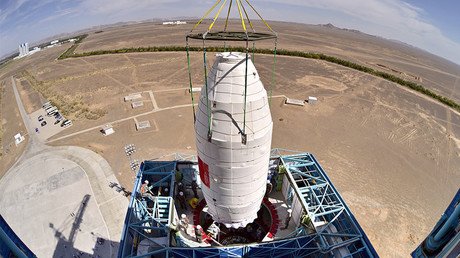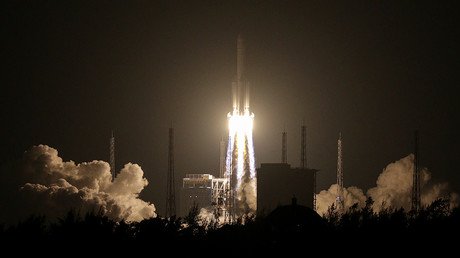Chinese satellite finally makes it into orbit

The Chinese satellite Zhongxing-9A has finally made it into its correct orbit, offering a glimmer of hope to the Chinese space agency that oversaw a disastrous two weeks with two failed launches.
The communications satellite ended up in the wrong orbit when it was launched onboard the Long March 3B rocket on June 19.
Zhongxing-9A, also known as ChinaSat 9A, finally made it to its right destination Thursday, though it may have cut short its lifespan because of the fuel burned to reposition it, the South China Morning Post reports.
“The satellite might have had a lifespan of 15 years. It could have lost two or three years of that, depending on how much fuel was used,” Hu Weiduo, a spacecraft navigation and control scientist at Beihang University’s astronautics school, said.
Zhongxing-9A is now at a fixed point above the equator in Southeast Asia, its original destination, where it will be used to broadcast HD TV signals across China, Hong Kong, Macau and Taiwan.
A sigh of relief must have been breathed in the China Aerospace Science and Technology Corporation (CASC) control room when the good news came in.
READ MORE: Space race: 6 manned moon missions with the best chances of success (PHOTOS, VIDEOS)
The Chinese space program suffered another setback Sunday when its Long March 5 rocket, carrying experimental communications satellite Shijian-18, failed shortly after launch, crashing in the Pacific Ocean.
It is hoped that the Long March-5 missions will provide valuable data for the launch of China’s Chang’e-5 lunar probe sometime in 2018.
Last month, China successfully launched the Long March 4B, an X-ray space telescope designed to scan for black holes, pulsars and gamma-ray bursts.
In April, the country’s space agency successfully docked its Tianzhou-1 space freighter with the Tiangong-2 orbital lab. The automatic procedure was the first in the nation’s fast-paced space exploration program.














